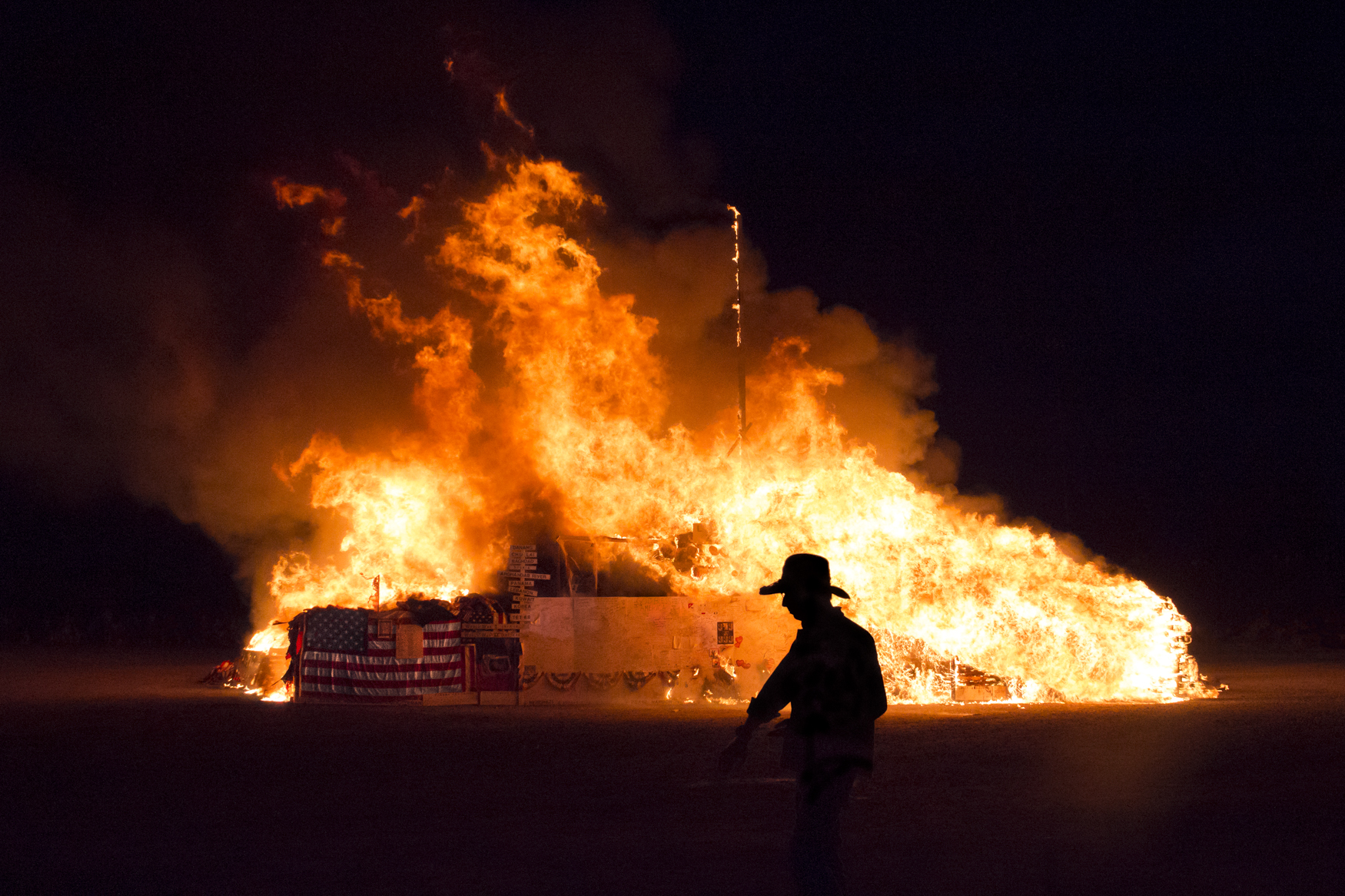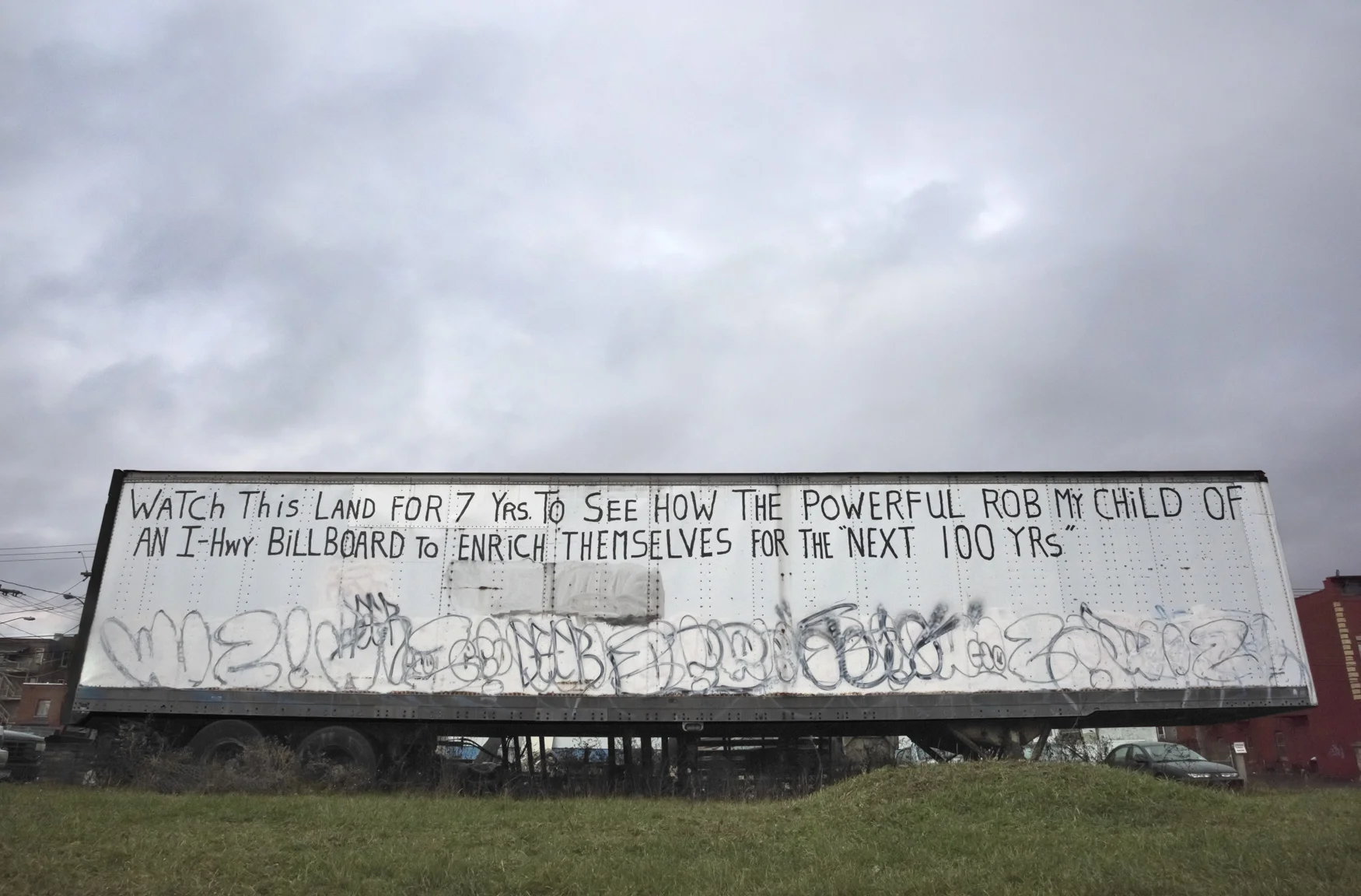Biography
Stefani Reynolds is a writer and documentary photographer whose work seeks to address prominent issues within the American landscape, including poverty, homelessness, and gentrification. In her recent work, she has combined her passions for history and journalism, working to recontextualize historically romanticized aspects of American culture through the lens of current politics. Born in Syracuse, New York, Reynolds graduated from Pratt Institute with a BFA in Photography in 2018. She currently lives and works in Upstate New York.
Artist Statement
How Will We Stand?
Romanticized versions of history not only influence the way we look back, they play a prominent role in determining one’s perception of the present.
In exploring the more idealized parts of American culture and looking at the way past traditions are moved into modernity, I strive to redefine the notion of patriotism and question how these traditions will develop during a more divisive age.
Focusing on symbols and issues that have plagued the U.S. since its earliest days, this work exemplifies a changing sense of patriotism. Highlighting the role of education, upbringing, and class status in the development of one’s political and social beliefs, these images work to demonstrate how individual beliefs change the way certain actions are read.
Below, Stefani answered a few questions about her series and photography practice!
Why did you choose photography over other artistic mediums?
I was really lucky — my mom let me use a small digital camera when I was pretty young, and it immediately grabbed my attention. I got to see how much fun photography could be, and then learned how powerful a tool it is for communication and storytelling as I got older.
For me, photography is not only a medium that allows me to express my own vision, it is a tool that allows me to learn as I’m making new work. It pushes me to be present in my surroundings, engage with new people, and experience things that I may not get to experience otherwise.
How did this series start for you creatively?
I was beginning to work on my senior thesis exhibition, and had been photographing a lot of political events surrounding the 2016 election. I attended several different rallies and protests, and I became very interested in certain symbols being repeated and the different ideologies being presented. This eventually led me to develop a fascination with political and historical traditions.
I was curious to see how these symbols and traditions were moved into modernity, and how their meanings have changed with current events.
What reflections have you come to after finishing this series? If you are still working on the series, what revelations have come up while creating the series?
I feel as though this will remain an ongoing series for me. It pushes me to look at current events in regard to the grand scheme of history, which I feel is really important to do.
And while this was already something in the back of my mind, this project really showed me how much of ourselves we bring into the interpretation of a photograph, even a documentary or journalistic image. A photograph can be a powerful tool in terms of evidence of what really happened, but when it’s stripped of context, its meaning or intention can be easily warped to fit whatever a viewer feeds into it.
Who is your favorite photographer and why?
Stephanie Sinclair has been a longtime favorite photographer of mine. She uses her photographs as a bridge to humanitarian work, which I really admire. She set up a campaign called Too Young To Wed, which she uses to empower women and improve the lives of the girls who have been subject to child marriages. She also took her work to the United Nations, in
an effort to begin establishing more laws that might prevent child marriages from happening in the first place.
Are there any books, movies, magazines or podcasts that you would recommend people to check out?
I recently got The Walking Woman, by Tanyth Berkeley, which is a great book that utilizes both photography and text really well. There’s also a great photo book called Women of Vision, which highlights some pretty amazing work by a number of women photojournalists. And I really love all of Alec Soth’s books, especially Sleeping by the Mississippi and The Last Days of W.
Lastly, what artists are currently inspiring you?
Gordon Parks’ documentation of America between the 40’s and 70’s are incredible, and Meryl Meisler’s disco-era Bushwick photographs do an amazing job of documenting the neighborhood at a very distinct time. There’s also a lot of great work happening in photojournalism right now; I really admire the work of Andrew Lichtenstein, Jeenah Moon, and Andrew Harnik.









